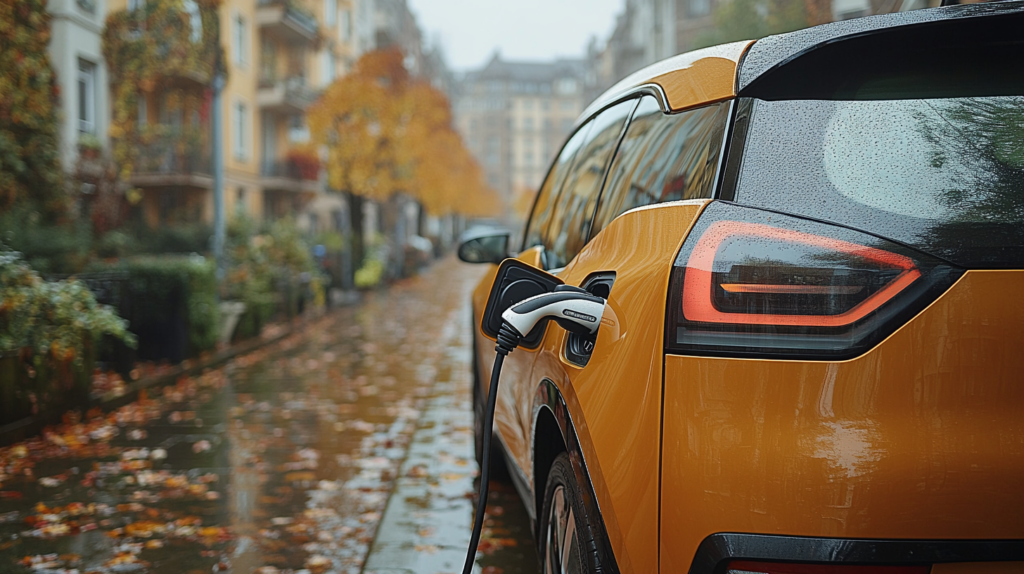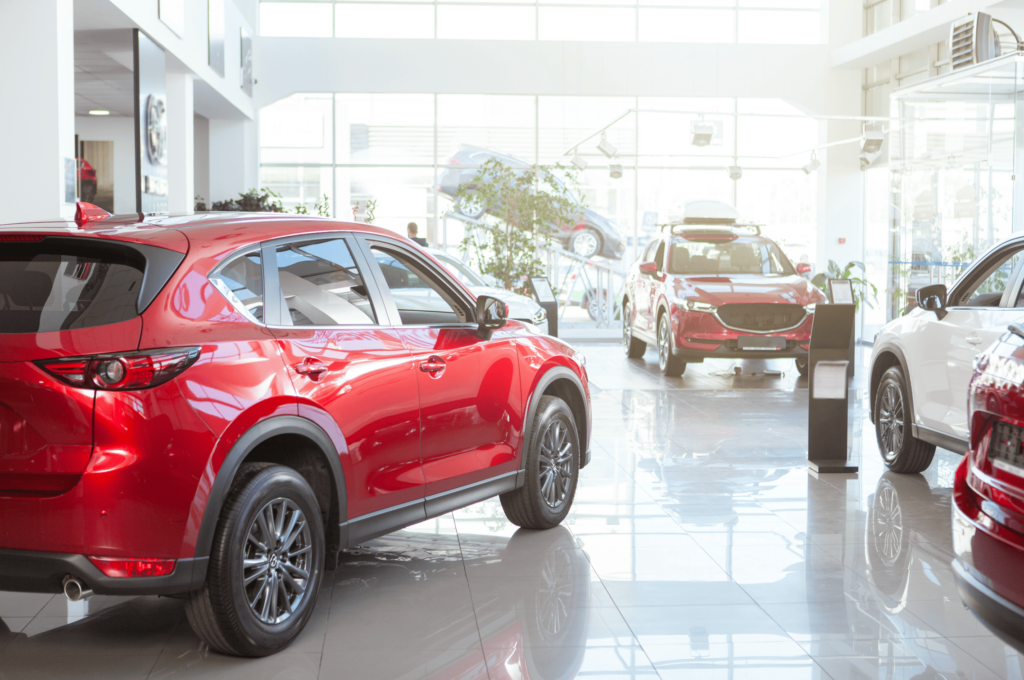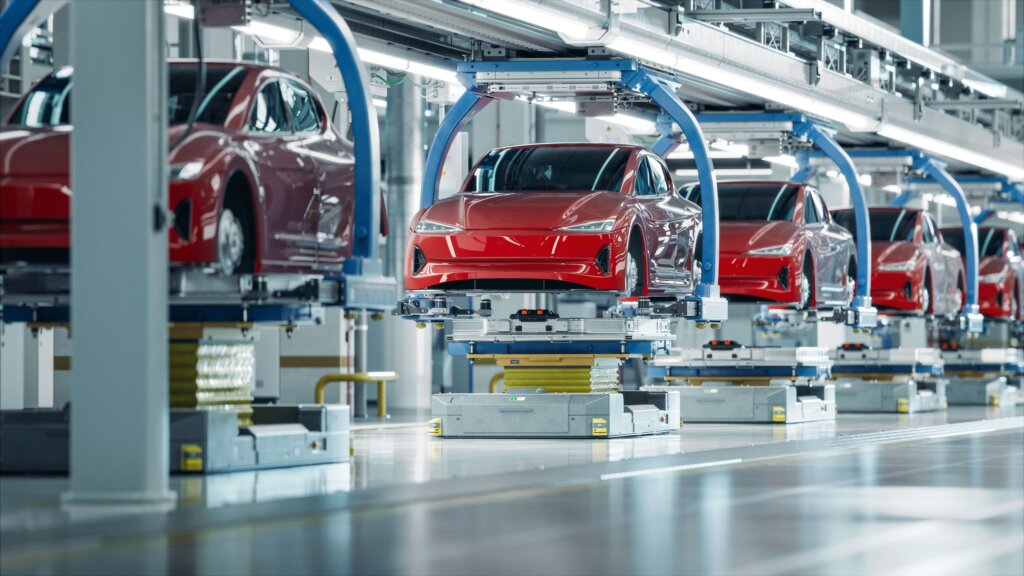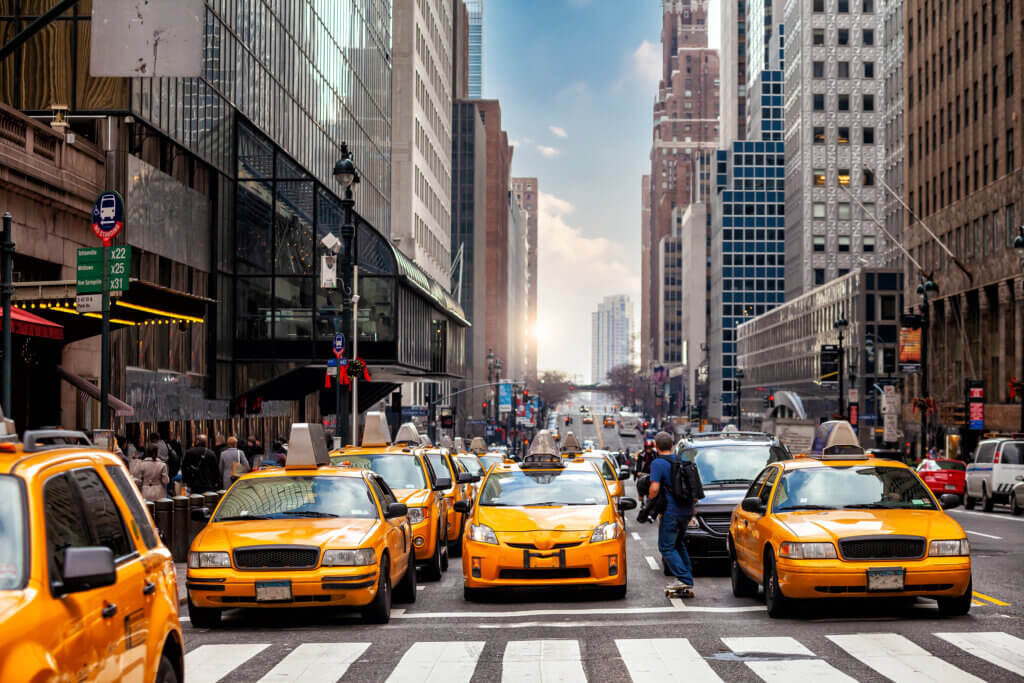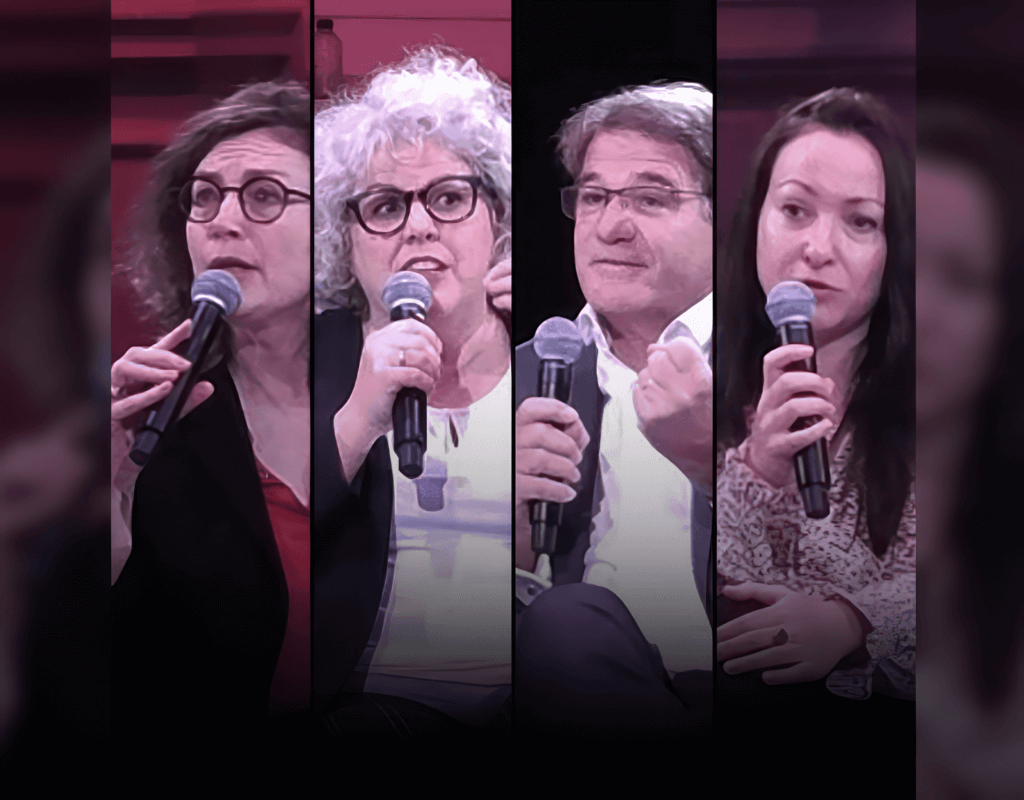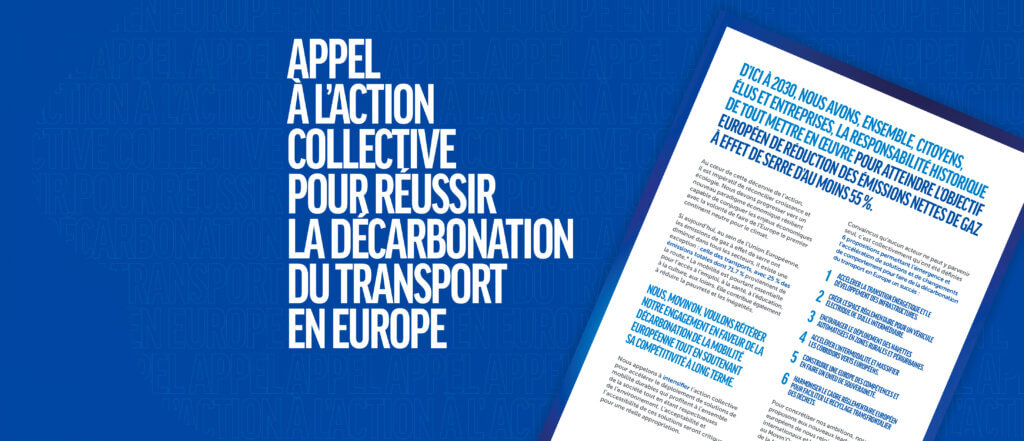Rough Road for India’s EV Market as Modi Loses Majority
On June 5, 2024 after two months of voting in the world’s second most populous country, India’s Prime Minister Narendra Modi met with his National Democratic Alliance at his New Delhi residence. The 15 Alliance members named him once again as their leader. But this election outcome – a governing coalition cobbled together at the last minute – is not the only complex issue in India’s EV marketplace at the moment.
Modi, who has headed India’s central government since 2014, is scheduled to take the oath of office as Prime Minister for an unprecedented third term on June 8. It’s a victory for him but not necessarily for the EV-friendly policies of the previous Modi decade.

Modi’s National Democratic Alliance, led by his own Bharatiya Janata Party (BJP), held onto power this time by a slim majority. They won 293 seats in the 543-member lower house of parliament, more than the majority of 272 seats required to form a government. The INDIA alliance led by Rahul Gandhi’s centrist Congress party won 232 seats, many more than predicted. The opposition doubled its strength since the last election.
Electric Vehicles’ FAME Subsidy Vanishes
Electric vehicle sales in India slipped 22 percent from May 2023 to May 2024 as the Modi Government put an end to the FAME 2 subsidy for EVs in March 2024, according to data from the Indian government’s Vahan digital portal.
Faster Adoption and Manufacturing of Electric Vehicles in India, or FAME 2, was a goverment subsidy introduced in April 2019 to encourage the switch to electric mobility by narrowing the gap between the prices of petrol-powered vehicles and electric vehicles – cars, scooters and three-wheelers, hybrids included.
The FAME subsidy, which constituted as much as 40 percent of a vehicle’s cost at one point, was given to manufacturers, not consumers. But the lapse has hurt sales because EV manufacturers have been forced to raise prices.
The Modi Government has an interim subsidy scheme in effect until July but only for two- and three-wheelers. The budget is lower than it was under FAME despite intense lobbying by Tata Motors, India’s biggest producer of EV passenger cars, for stronger interim incentives.
Still, the Modi Government has set a target for 30 percent of all passenger vehicles to be electric by 2030; this includes the goal that 80 percent of all two-wheelers will be electric scooters and bikes by 2030.
Amid this market and electoral churn, temperatures across the subcontinent have soared, ranging from 25°Celsius (77°Fahrenheit) to as hot as 45°C (113°F) in some regions. And in the southern parts of the country the southwest monsoon arrived, bringing the seasonal downpour. Neither weather extreme is ideal for buying any car – electric or not.
Modi Opens India to Overseas EVs
On March 10, 2024 the Modi Government signed a free trade agreement with the European Free Trade Association, and on March 15 it announced a new policy – to open the Indian market to the world’s leading electric vehicle companies.
The Ministry of Heavy Industries on March 15, 2024 announced a new policy to boost electric vehicle manufacturing in India by automakers such as Tesla from the USA, VinFast from Vietnam, BYD from China, Kia in South Korea, Škoda from Czechoslovakia, and the German companies BMW and Mercedes-Benz.
The new policy entails lower import taxes on certain electric vehicles for companies committing to at least US$500 million in investment and a manufacturing plant within three years.
The policy proposes to reduce import duties for EV makers to 15 percent from the current 70 percent, or 100 percent on vehicles having a cost, insurance, and freight value of $35,000 or more, for a period of five years.
This proposed duty structure conforms to the demands made by Tesla personnel in their discussions with the Indian government, according to .
According to officials, the policy allows all international players, including Chinese manufacturers, to qualify for a duty reduction, provided they establish manufacturing facilities within three years and achieve a localization level of 50 percent by their fifth year of operations in the country.
The initiative is aimed at attracting automakers seeking to import their EV models not currently available in India, creating opportunities for Indian investors, although stricter regulations for investment are part of the new policy, according to Teji Mandi, a subsidiary of Motilal Oswal Financial Services, India’s top portfolio investing app.
Additionally, since the Indian government aims to ensure that 30 percent of new vehicle sales are electric by 2030, there will be an immediate need for large-scale EV production.
To promote the electric vehicle industry, the Indian government held a meeting with EV manufacturers in April, which included representatives from Tesla, although Tesla CEO Elon Musk canceled his April visit to India. Tesla has not yet informed the Indian government of its plans under the 2024 EV policy.
India Develops Homegrown EVs Too
Tata Motors, India’s largest commercial vehicle manufacturer, in May strengthened its e-cargo mobility solutions with the launch of the Ace EV 1000. The Tata Ace is a model of mini truck manufactured by Tata Motors which was launched in 2005. Developed to revolutionize last-mile mobility, this latest version of the zero-emission mini-truck offers a payload of one metric tonne and a certified range of 161 kilometers per charge.
Supported by over 150 electric vehicle support centers across India, the Ace EV is equipped with advanced battery management and a Fleet Edge telematics system to offer drivers a holistic e-cargo mobility solution. It will be available with versatile cargo decks and will be on sale at all Tata Motors commercial vehicle dealerships across the country.
Commenting on the announcement, Vinay Pathak, vice president and business head, Tata Motors Commercial Vehicles, said, “Over the past two years, our Ace EV customers have been beneficiaries of an unmatched experience, which is profitable and sustainable at the same time. They have become ambassadors of the revolutionary zero-emission last-mile mobility solution. With the launch of the Ace EV 1000, we are extending the experience to customers who are looking at solutions with improved operating economics across the varied sectors they service. We are confident that the Ace EV 1000 will contribute to a greener future while delivering superior value and low cost of ownership.”
The launch came along with a positive sales trend for Tata’s commercial vehicle division. The company sold 29,538 units in April 2024, a 31 percent increase over sales in April 2023.
Tata also plans to add the Curvv EV to its lineup of electric vehicles in 2024. First unveiled as a concept in 2022, the Curvv EV is expected to have a unique appearance that includes a rear spoiler. The Curvv’s maximum speed is 185 kmph (115 mph); it has a range of between 400 and 500 km (248 – 310 mph) and takes a full charge in four hours.
Mahindra & Mahindra Ltd., an SUV specialist automaker headquartered in Mumbai, is testing three of its upcoming electric models – the BE.05, XUV.e8, and the XUV.e9 – in Mumbai. The BE.05,the smallest of the lot, appears to be production-ready.
Mahindra is proud of its compact SUV, the XUV3XO, introduced in May. Within the first 60 minutes of opening bookings, the XUV 3XO received over 50,000 bookings, the company said in a statement. Over 10,000 XUV3XO vehicles have already been produced and manufacturing capacity of 9,000 per month has been set up.
The close of 2024 will bring the release of the Mahindra XUV e8, an SUV expected to debut in India in December 2024, showcasing its propulsion power with two motors and an 80 kWh battery.
The Mahindra BE.05 electric SUV is expected to arrive in India by October 2025.
Fresh, Green Investment on India's EV Horizon
In April, Australia’s Macquarie Asset Management launched Vertelo, a new US$1.5 billion EV fleet solutions platform focused on accelerating large-scale adoption of electric vehicles in India.
The new Vertelo platform aims to enable the transition of fleets to electric vehicles and build a robust EV ecosystem by offering bespoke solutions to customers including leasing and financing, charging infrastructure and energy solutions, fleet management services, and end of vehicle life management.
Vertelo plans to mobilize US$1.5 billion in the Indian e-mobility ecosystem over 10 years with the aim of achieving a potential lifetime reduction of a million metric tonnes of carbon dioxide equivalent.
The new platform has received anchor investment from the Green Climate Fund, which has committed to invest up to US$200 million. Overall, Vertelo plans to invest US$1.5 billion over 10 years.
“THE PLATFORM LAUNCHED TODAY IS A BIG MOMENT FOR ALL INVOLVED. IT HAS BEEN DESIGNED TO SPEED UP THE ADOPTION OF ELECTRIC VEHICLES – BUSES AND COMMERCIAL FLEETS – BY PROVIDING AFFORDABLE LEASING AND FINANCING SOLUTIONS. THIS WILL HELP BRING COSTS DOWN, SO ELECTRIC VEHICLES CAN BE TRULY COMPETITIVE, AND PEOPLE CAN BREATHE CLEANER, SAFER AIR ACROSS THE COUNTRY. THIS INVESTMENT IS THE GREEN CLIMATE FUND’S FIRST PRIVATE SECTOR TRANSPORT PROGRAMME IN THE E-MOBILITY SECTOR, AND WE ARE EXCITED TO HAVE PROVIDED $US200 MILLION EQUITY CAPITAL TO SUPPORT INDIA’S E-MOBILITY TRANSITION.” – Henry Gonzalez, Deputy Executive Director, Green Climate Fund
As a first step, Vertelo has signed a long-term lease agreement with Chalo Mobility Pvt Ltd, an Indian transport technology company, to supply 44 electric buses made by the Indian bus manufacturer JBM, to operate in Mumbai.
Also, to meet the growing demand of customers, Vertelo has signed agreements with multiple OEMs including JBM and Eka Mobility to buy up to 2,000 electric buses from each partner over the next three to five years and with Tata Motors to buy up to 2,000 electric cars over the next three years.
Abhishek Poddar, India country head, Macquarie Group, said, “The transition to electric vehicles will bring significant benefits to India – increasing its energy independence and mitigating the impacts of climate change. Vertelo aims to play a key role in accelerating this transition by making it easy for its customers to realize the benefits of going electric immediately.”
The new business lends support to India’s ambitious electric vehicles target and aligns well with the Indian government’s vision for mobility revolving around the 7 Cs.
Prime Minister Modi inaugurated the Global Mobility Summit in New Delhi on September 7, 2018 where he introduced the idea of the 7 Cs.
“My vision for the future of mobility in India is based on 7 C’s – Common, Connected, Convenient, Congestion-free, Charged, Clean and Cutting-edge,” he said.
- Common: Public Transport must be the cornerstone of our mobility initiatives. New business models driven by digitization, are re-inventing the current paradigm. Big Data is enabling smarter decision-making by better understanding our patterns and needs. Our focus must also go beyond cars, to other vehicles such as scooters and rickshaws. Large segments of the developing world depend on these vehicles for mobility.
- Connected mobility implies integration of geographies as well as modes of transport. The internet-enabled Connected Sharing Economy is emerging as the fulcrum of mobility.
- Convenient mobility means safe, affordable and accessible for all sections of the society. This includes the elderly, the women and the specially abled. We need to ensure that public transport is preferred to private modes of travel.
- Congestion-free mobility is critical to check the economic and environmental costs of congestion.
- Charged mobility is the way forward. We want to drive investments across the value chain from batteries to smart charging to electric vehicle manufacturing.
The India Space Research Organization uses one of the best battery systems to run satellites in space. Other institutions can partner with ISRO to develop cost effective and efficient battery systems for electric cars.
- Clean mobility powered by clean energy is our most powerful weapon in our fight against climate change! This means a pollution-free clean drive, leading to clean air and better living standards for our people. This could be achieved through bio-fuels electric or solar charging. Electric vehicles can complement our investments in renewable energy.
- Cutting-edge: Mobility is like the Internet in its early days. It is the next big innovation sector. Entrepreneurs should see mobility as a sector with immense opportunity for innovation and growth. It is a sector where innovation can help solve problems for the public good,” the Prime Minister said.
But even while coping with the difficulties of uniting a coalition government behind his decarbonization plans and ending the FAME subsidy, Modi is determined to stand by his EV principles, saying, “We will do whatever it takes, because this is our commitment to our heritage, and our promise to future generations.”
Toute l’actualité de Movin’On
dans votre boîte mail
Auteur
Partager
Tweets de @movinonconnect
Movin'On 2035 TODAY EP02 - Circular Economy & Competitivity
Movin’On 2035 TODAY EP01 – Fair Mobility for All https://x.com/i/broadcasts/1yNxagBrWZbGj
✨ THAT'S A WRAP!
Movin'On Summit 2024 has just concluded in Brussels!
More than 350 leaders and experts in sustainable mobility gathered to exchange ideas, collaborate, and share their vision for desirable and decarbonised mobility in Europe. Together, we explored ways to build…
🔴 Live from #MovinOnSummit2024
@AshaSumputh has just invited Denis Machuel, CEO at @AdeccoGroup and Florent Menegaux, President of the @Michelin Group & President of Movin'On
L’actualité de la mobilité durable
Découvrez les dernières tendances, des analyses thématiques et nos prochains rendez-vous

